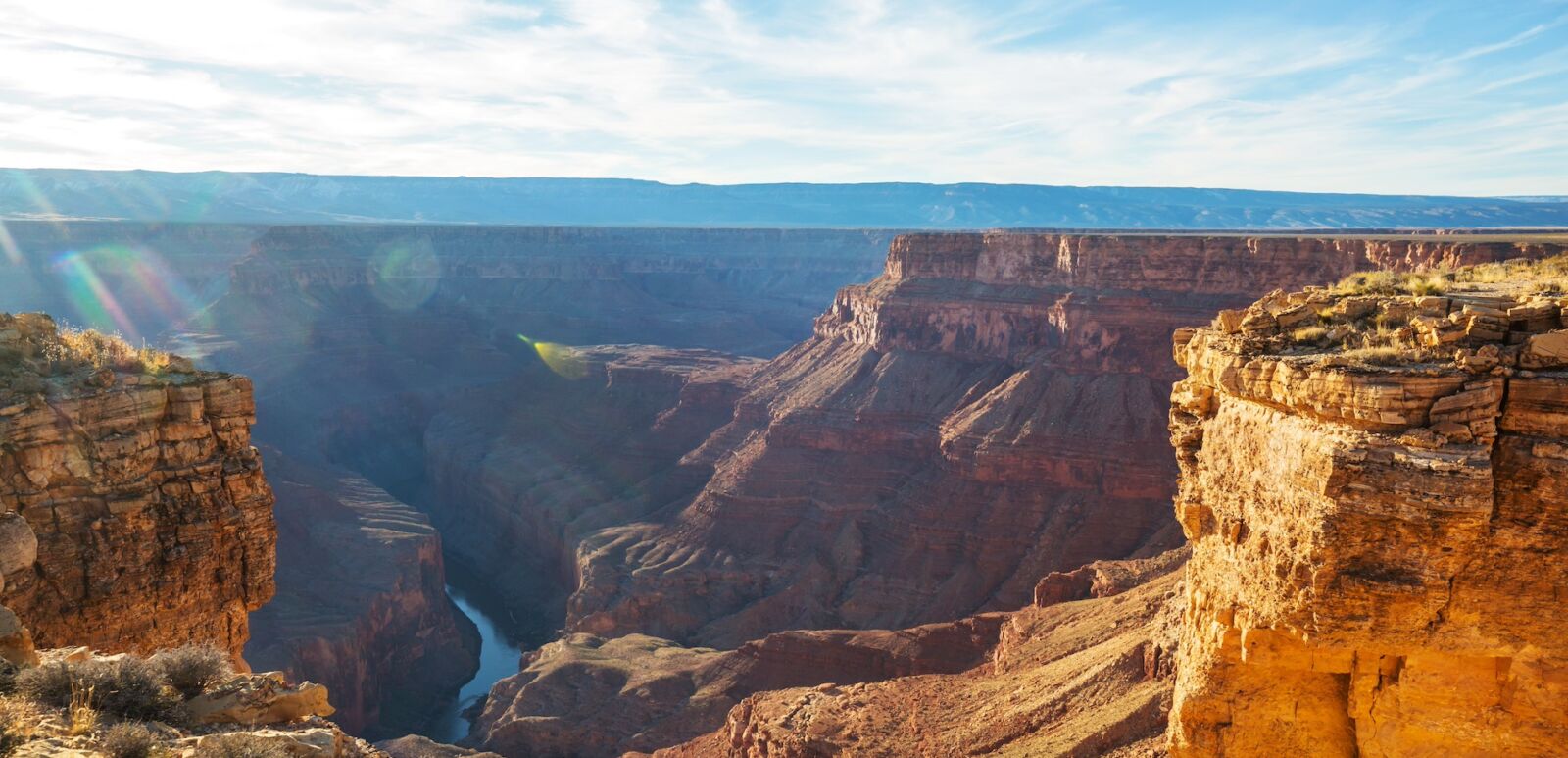If you were one of the people who got stuck in hours-long traffic leaving Yosemite National Park last summer, you probably aren’t surprised to learn the protected land saw a total of 3.9 million visitors in 2023. While that wasn’t even the park record (the honor goes to 2019, with 4,586,463 visitors), the National Park System did admit a staggering 325.5 million people in 2023, an increase of 13 million from 2022.
Hey, if you’re keen on battling horrific traffic and hiking shoulder-to-shoulder with other park-goers at places like Yosemite, Grand Canyon and Yellowstone during the height of summer, more power to you. But there are 429 national park sites — including national preserves, national monuments, national historical parks and full-fledged national parks — 154 national forests and 6,792 state parks that also give you access to the nation’s most incredible lands.
Here are five national parks you should skip this summer and which underrated parks deserve your vacation days instead. And if you really want to see the most popular parks, we’ve included the best time of year to visit them. Hint: It’s never July.
Everglades National Park
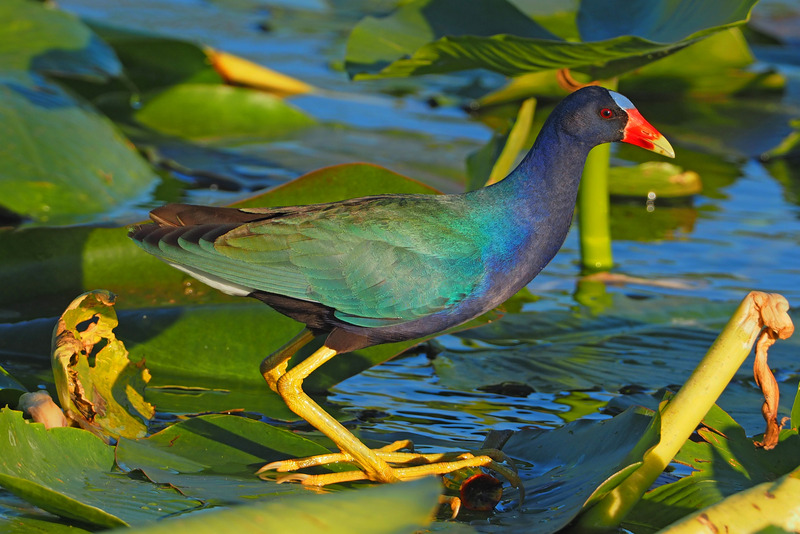
While Everglades National Park is a breathtaking destination known for its swampy ecosystem and diverse wildlife, skipping a visit during the summer months might be a wise choice. The sweltering heat and oppressive humidity characteristic of South Florida summers can turn outdoor excursions into uncomfortable or even risky experiences. Summer is also the peak of the park’s hurricane season, bringing frequent thunderstorms and downpours that can disrupt outdoor activities and make certain areas inaccessible due to flooding.
When to go to the Everglades
The best time to visit is typically during the winter months, from December to April, when the weather is milder and the humidity lower, making activities like hiking, birdwatching and kayaking less of a sweat fest. Wildlife sightings are more frequent during the dry season as animals gather around the park’s water sources, creating better opportunities for observing everything from alligators to wading birds.
Where to go instead of Everglades National Park this summer
Congaree National Park in South Carolina is one of the least visited national parks in the Lower 48, which is surprising considering it has the largest intact old-growth bottomland hardwood forest remaining in the southeast United States. The towering giants (some as tall as 170 feet) create a cathedral-like atmosphere and help keep hiking and kayaking trails cool. The park is also one of the only places travelers can catch a synchronous firefly show. Between mid-May and mid-June, many thousands of the flashy fliers illuminate the park in unison after dark in search of a mate.
Channel Islands National Park
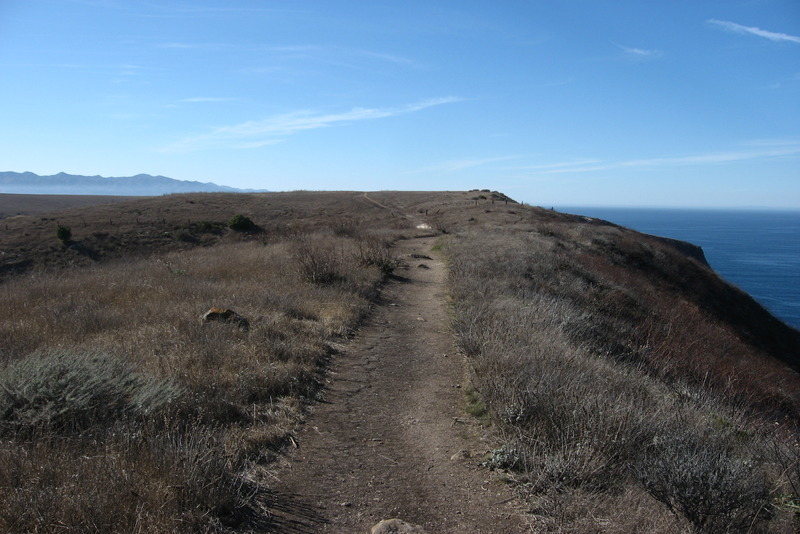
While this archipelago off the coast of Southern California has breathtaking scenery, camping, scuba diving, hiking and birds and seals aplenty, the summer months bring with them a host of challenges. With schools out, families flock to the coast, meaning campgrounds fill up quickly, trails become congested and popular attractions can feel more like a theme park than a wilderness area. Summer weather can also be unforgiving. The islands are known for their harsh sun and lack of shade, so you can expect sweltering temperatures, especially during midday hikes or kayak excursions.
When to go to Channel Islands
Springtime brings wildflowers dotting the landscapes, while fall offers the chance to witness migrating birds, as well as blue and humpback whales passing through the islands. Similarly, many species, such as the island fox, are more active during cooler times of the year.
Where to go instead of Channel Islands National Park this summer
If you’re looking to paddle through azure waters, consider the Apostle Islands National Lakeshore in northern Wisconsin. Made of up 21 islands, the national lakeshore has more than 50 miles of hiking, 18 campsites, 240 bird species that pass through and nine historic lighthouses. Along the shoreline, a slew of incredible sea caves have been sculpted by centuries of waves freezing and thawing. In calm conditions, kayakers can go deeper inside the caves and explore.
Grand Canyon National Park
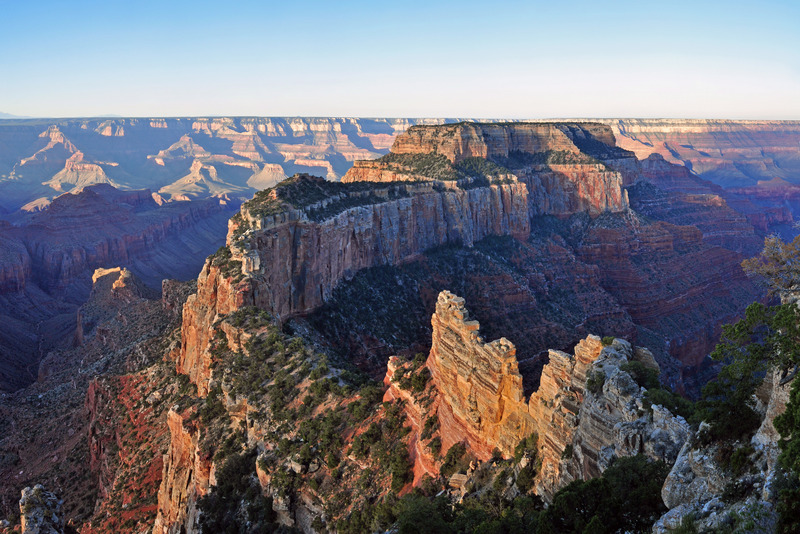
In the scorching heat of summer, the Grand Canyon becomes more than just a natural wonder — it transforms into a furnace of intense temperatures, often soaring well above 100°F. As the mercury rises, visiting the Grand Canyon can feel like an endurance test. Hiking becomes grueling under the relentless sun, with dehydration and heat exhaustion lurking as constant threats. And even though most people know that, there are still hordes of children-toting tourists each summer and accommodation availability is limited.
When to go to the Grand Canyon
Consider visiting the Grand Canyon during the spring or fall months when the weather is more temperate, the crowds are thinner and the prices for lodging and activities lower. In the spring, typically from March to May, the weather is mild, wildflowers bloom and the canyon comes to life with color. Fall, from September to November, provides similarly pleasant temperatures and stunning foliage as the canyon’s rim refashions itself into a palette of reds, oranges and yellows.
Where to go instead of Grand Canyon National Park this summer
Though the Colorado National Monument is a semi-desert land that sits high on the Colorado Plateau, it doesn’t get quite as hot as the Grand Canyon. Here, the average summer highs are in the upper 80s. More than just a monument, CNM has spectacular canyons that cut deep into sandstone and granite, and the park is often (and aptly) referred to as a mini-Grand Canyon. Popular trails include Devil’s Kitchen and Coke Ovens, which are great options for a shorter hike, while No Thoroughfare and Liberty Cap trails will keep you out and about for a longer excursion. It’s also an exciting place for climbers who want to get up close and personal with red sandstone towers.
Yellowstone National Park
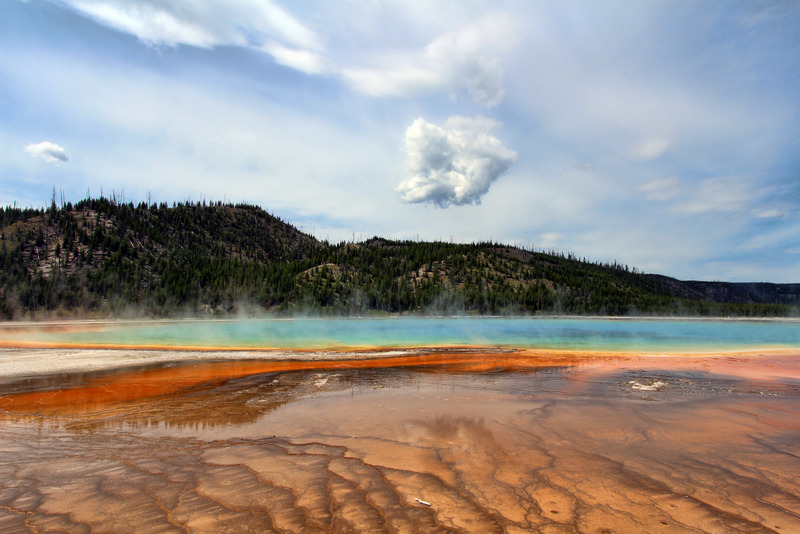
When Yellowstone National Park was established in 1872, it became the first national park in the world. And it’s truly a wonder to behold, with the most geysers and hot springs on the planet and some of the largest herds of bison and elk in the country. Savvy travelers skip it in the summer, though, when an influx of tourists turns the wilderness into a bustling hive of activity. We’re talking endless queues of cars, crowded boardwalks and packed visitor centers that really detract from the immersive experience that Yellowstone was established to provide.
When to go to Yellowstone
Hear us out: Winter is the best time to visit Yellowstone. The park’s geothermal features, from steaming geysers to bubbling hot springs, are still visible and take on an ethereal quality when surrounded by snow and ice. And it’s during this tranquil season that the park’s elusive inhabitants, the more than 100 gray wolves, are easier to spot. With fewer visitors, the chance of seeing the creatures roam the frosty wilderness increases dramatically.
Where to go instead of Yellowstone National Park this summer
If you’re looking for quiet hiking trails that wind through dense forests of pine and fir, leading to mind-blowing vistas and hidden alpine lakes, Caribou-Targhee National Forest has it. Looking for opportunities to spot elk, moose, bears and wolves? It has that, too. And though the three-million-acre forest lies almost entirely within “the Greater Yellowstone Area,” it sees a tiny fraction of the number of visitors. In fact, unlike the overtouristed national park, Caribou-Targhee continues to gain prominence for its ecological integrity — the United Nations recently identified the area as a Biosphere Reserve.
Yosemite National Park
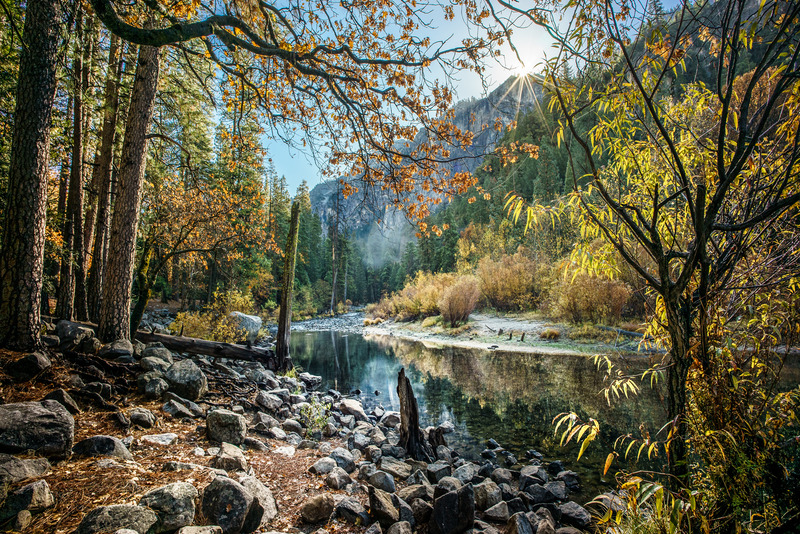
Yes, Yosemite is magnificent, with its valleys carved by ancient glaciers and framed by towering granite monoliths like El Capitan and Half Dome. It’s also busy, particularly in the summer. Trails become crowded, popular viewpoints are overrun and finding solitude amid the majestic landscape becomes increasingly challenging. If that weren’t enough, the traffic congestion within the park can turn simple journeys into frustrating odysseys. And, if you don’t secure advance reservations, it’s not possible to visit the park for much of the summer anyway.
When to go to Yosemite
Opting to visit during the park’s quieter seasons allows for a more authentic escapade, where one can fully appreciate Yosemite’s splendor without the crowds and chaos. Consider visiting during the shoulder seasons of spring or fall. During these times, the weather is still pleasant, with mild temperatures perfect for hiking. Fall offers changing foliage and fewer visitors, while spring brings wildflowers and rushing waterfalls. February is an exciting time too, when the seasonal Horsetail Fall cascades down the face of El Capitan and takes on a fiery appearance if the setting sun hits it just right.
Where to go instead of Yosemite National Park this summer
In the heart of the Sierra Nevada mountains lies a beautiful, natural playground: Tahoe National Forest. Spanning over 871,495 acres, this national forest is a haven for hikers, with 625 miles of trails winding through its rugged terrain. From leisurely strolls along tranquil lakeshores to challenging ascents up mountain peaks, there’s a trail for every skill level and interest. And for those seeking water-based adventures, Tahoe National Forest delivers. Anglers can wet a line in the trout-filled waters, while kayakers and rafters can navigate the spine-tingling rapids of the American River.


